The Experience Wars: Inside the Furious Fight for the Affections (and Dollars) of the World's Biggest Spenders
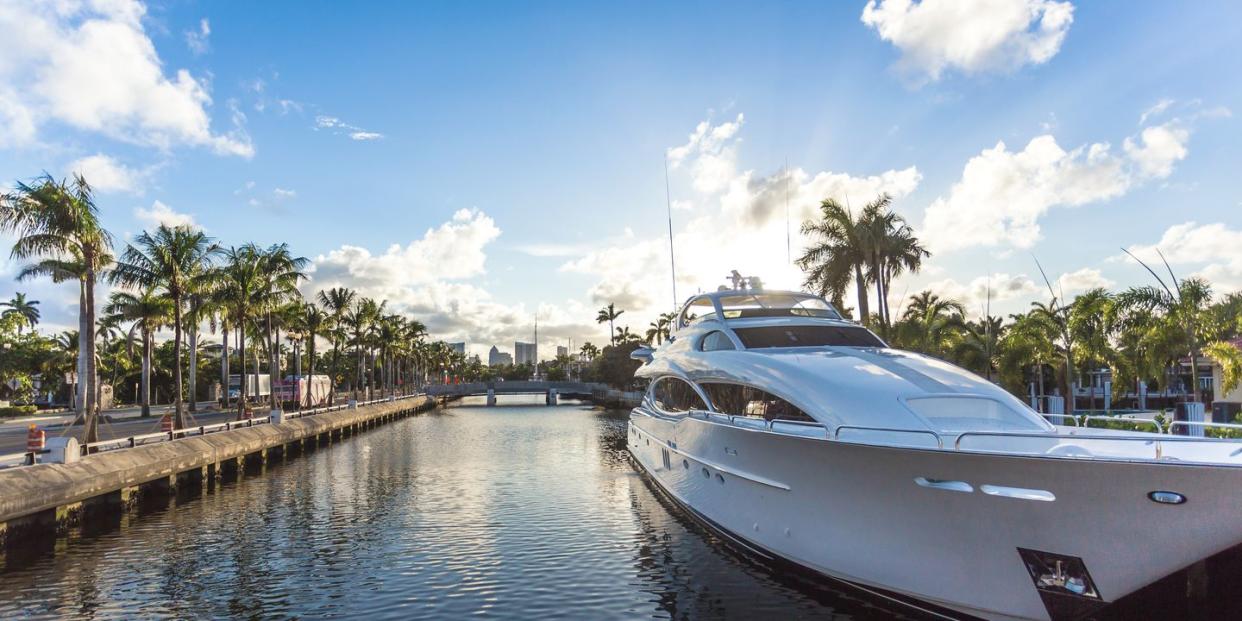
It takes a lot to impress Susan Gutfreund, the doyenne’s doyenne who famously had a private car wash built in one of her apartments. But on a recent summer afternoon she was giddy with excitement. Gutfreund had recently returned from an invitation-only trip to Reims, France, for a celebration of Piper-Heidsieck’s top-of-the-line champagne, Rare-a cuvée that was presented to Marie-Antoinette in 1785.
“It was my first champagne experience, and it was extraordinary,” Gutfreund said. “They had magnificent food by beautiful Michelin chefs, including a lunch where they pressed the grapes, a tour of the vineyard, great company. The whole experience was unforgettable.” Gutfreund explained that, beyond allowing her to savor various vintages in a bucolic setting worthy of Watteau, the experience was all the more remarkable because so few of her friends, even in as sophisticated an environment as New York City, had heard of it, let alone tried it.
“If you have had the privilege of being exposed to so many wonderful things, you become fascinated with finding things that are not that well known,” Gutfreund says. “I think we’re all looking for the cave of Ali Baba. We all want to be surprised, and brands are clearly taking note.”
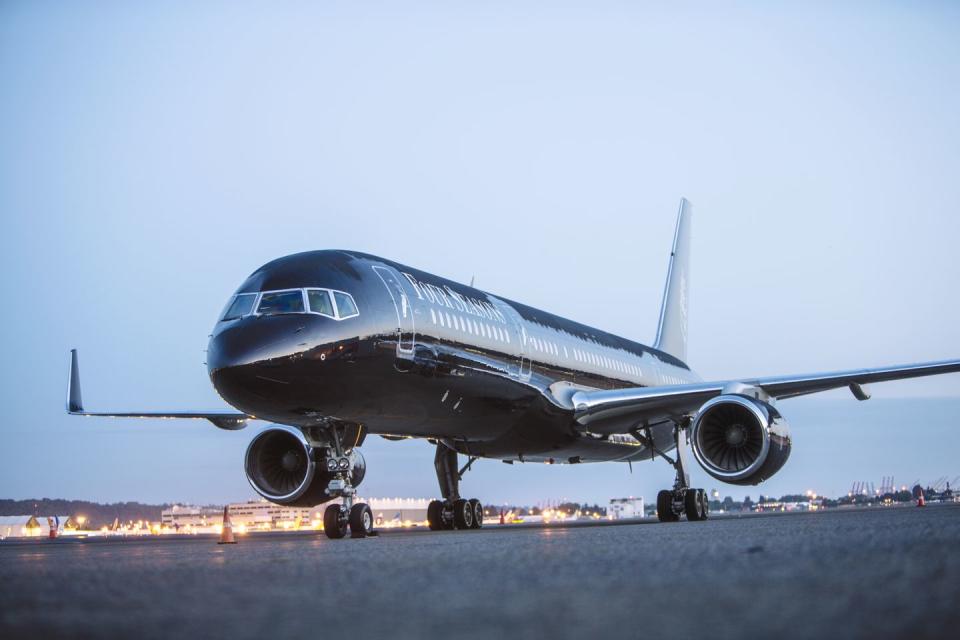
In truth, access to the inaccessible, to the sort of one-of-a-kind experiences that only vast sums of money can buy, has become a fearsome weapon in the experiential wars being waged at the highest levels of luxury. Ever since the late 1990s, when futurists predicted a move from an information economy to an experience economy, from the selling of ideas to the selling of feelings, brick-and-mortar retail has been reduced to a stage, the products mere props to draw in customers.
In the effort to entertain and retain wealthy clients, the luxury arena has been particularly indulgent, ratcheting up the theatrics to the point where it resembles a theme park. But as luxury goods prices continue to rise, and the number of one-percenters who move the needle shrinks, those breathing less rarefied air might be astonished to learn just how thrilling the rides have become for VVIPs. A Ritz-Carlton-branded yacht to Capri, anyone? Or a Four Seasons private jet to Rwanda?
If Dom Pérignon is your poison but your thirst extends beyond the typical haute-boozy dinner at a historic property, perhaps the Dom Pérignon island of Sa Ferradura, just off Ibiza, is more to your taste? You might have to wait until it reopens next summer, though. A pop-up resort featuring meals prepared by local culinary legend Quique Dacosta served in your private villa-and enough champagne to rival the Oscars-it was open for one week in June and was restricted to 25 guests at a time.
You say your peccadillo is expensive baubles, not bubbles? The purveyors of high jewelry have got you covered. In May, Chopard-an exemplar of experiential offerings-was the toast of the Cannes Film Festival with its much-ballyhooed invitation-only blowouts. In addition to taking up residence and hosting daily parties at its usual haunt-the rooftop of the Martinez Hotel, transformed this time to evoke a private club in London-the jewelry house held its much anticipated annual gala. It’s always a tightly guarded event, but this year the theme was secrecy, right down to the venue (the Château de la Croix des Gardes, a private mansion that was a location for Hitchcock’s To Catch a Thief), which was disclosed only an hour before the event.
“Rich people, maybe more than anyone, are curious,” explains Caroline Scheufele, Chopard’s redoubtable artistic director and co-president. “They often have everything, so it’s good to withhold some things, to keep them guessing. It gets them excited.”
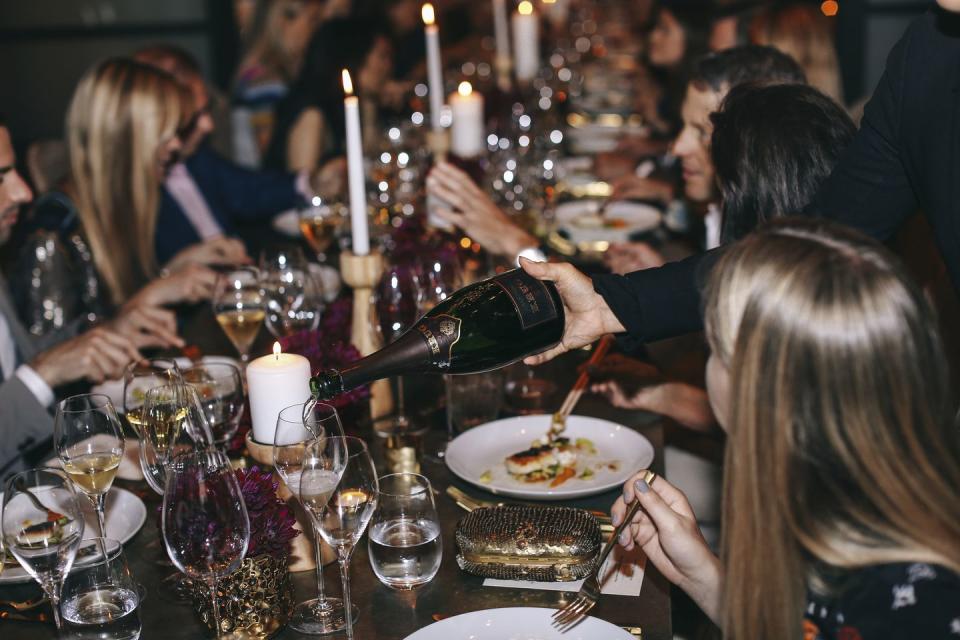
Not to be outdone, Bulgari held the unveiling of its new collection, a glittering bacchanal for the company’s deepest-pocketed clients-all flown in and hosted in grand style at its expense-in Rome this time around, and somehow managed to raise the bar on previous efforts, which included extravaganzas in Venice and on the French Riviera. This year’s feast was at the Stadio dei Marmi, the stadium in the Foro Italico complex that was the site of the 1960 summer Olympics. As if the magnificent marble statues that encircle the arena weren’t enough of a draw, the 1980s-themed runway presentation was followed by a sumptuous dinner worthy of the ancient Romans and a post-prandial performance by Duran Duran.
For sheer profligacy few events-sorry, experiences-come close to what the fashion houses, particularly those with couture services, have taken to offering their biggest spenders in the last few years. The calendar is now one oversubscribed yearlong season of over-the-top spectacles, with labels such as Chanel, Gucci, and Dior presenting in far-flung locales, from Cuba to Korea and all points in between.
But even amid the newfangled pyrotechnics, Dolce & Gabbana’s presentations for its Alta Moda collections stand out like a laser show at a funeral. Unlike most runway shows, which are targeted at the press and retail buyers, an Alta Moda show (to say nothing of the attendant three days of parties, dinners, and private tours) is unapologetically held for the benefit of the label’s most phenomenally wealthy clients, the kind who routinely buy couture-for their kids.
This summer’s installment, which followed a New York takeover in April, was at Lake Como and was partly inspired by The Betrothed, a 19th-century novel by Alessandro Manzoni. In keeping with the spirit of the decadent page-turner, the baroque bash featured not only supermodels such as Naomi Campbell and Eva Herzigova parading in frothy confections but also nuns in habits and mustachioed men serving glasses of vintage champagne. After the runway presentation and the cocktails, guests were ferried to an enormous open-air dinner for 1,000 of Domenico Dolce and Stefano Gabbana’s closest clients, with fireworks displays between courses, followed by an all-night outdoor disco on the banks of the lake.
“The ante keeps getting upped,” says Julie Macklowe, a New York–based skincare entrepreneur and couture-wearing voluptuary who, by her own admission, has attended her share of lavish events and would have been at the Alta Moda show had she not been nearly nine months pregnant at the time. (Macklowe has already reserved one of the new Ritz-Carlton yachts for the summer of 2020.) “At this level of luxury you have a small number of high-velocity customers, and you have to keep them happy.”
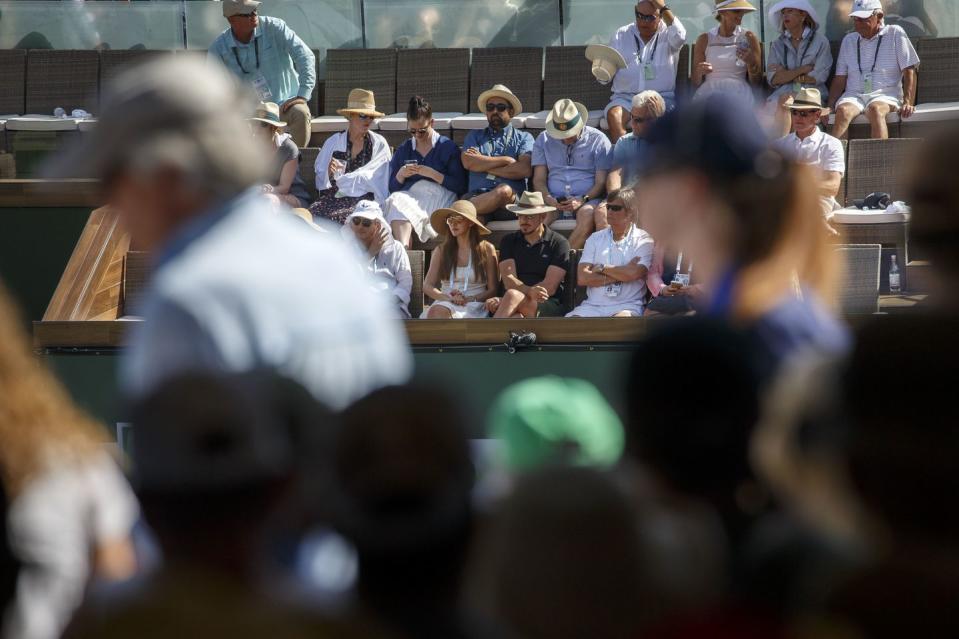
Such largesse is not bestowed only on women. For decades the Italian label Ermenegildo Zegna has cultivated Oasi Zegna, a nature reserve in the Italian Alps that stretches from Bielmonte to Trivero, the village where the namesake founder opened his original wool mill. As the company doubles down on sustainability, it has sought to show off its haven in the mountains as a way of underlining for its upper-echelon bespoke clients the value and quality of the wool and the craftsmanship of its tailoring.
“High-level customers are getting more and more sophisticated, and accustomed to a significant level of brand immersion,” says CEO Gildo Zegna, the founder’s grandson. “It is not a choice; this is a prerequisite for real luxury.”
Access to major sporting events has long been a staple of corporate entertaining, but these days it’s not enough to simply offer VIP box seats. At the Indian Wells tennis tournament, which is held in March in the California desert and which ranks just behind the grand slams in prestige and prize money, the tournament’s owner, Larry Ellison, has installed nothing less than a VIP Village, and powerful pals like Bill Gates can avail themselves of the Ultra VIP Package, which comes with a private jet-should Gates’s $40 million Bombardier Global Express happen to be in the shop-and charter flights and feel-good experiential opportunities to meet the likes of John McEnroe and Martina Navratilova.
For the merely affluent who travel commercial, there is the Private Suite at LAX. The discreet, hotel-like setup about a mile from the terminals allows members to avoid heavy traffic and long lines, with check-in and security handled for them while they kick back and luxuriate. From the Private Suite they’re driven across the tarmac directly to their planes. “Like all great experiences, it’s like a weird home run that for some reason no one ever thought to build the stadium for,” says Bruce Wagner, the Los Angeles–based novelist and filmmaker.
Elsewhere, Hublot, in an effort to underscore its connection to the 2018 FIFA World Cup in Russia (the watchmaker created the officially sanctioned timepiece for the tournament, a limited edition smartwatch version of its signature Big Bang that connected fans to every second of action), invited 1,000 of its biggest clients (mostly men) from around the world to come to Russia to attend the championship, all expenses paid, including dinners at the country’s top restaurants and private tours of cultural landmarks such as the Hermitage in St. Petersburg. “We want to connect with our clientele on an emotional level,” says Jean-François Sberro, president of Hublot, “through moments that money can’t buy.”
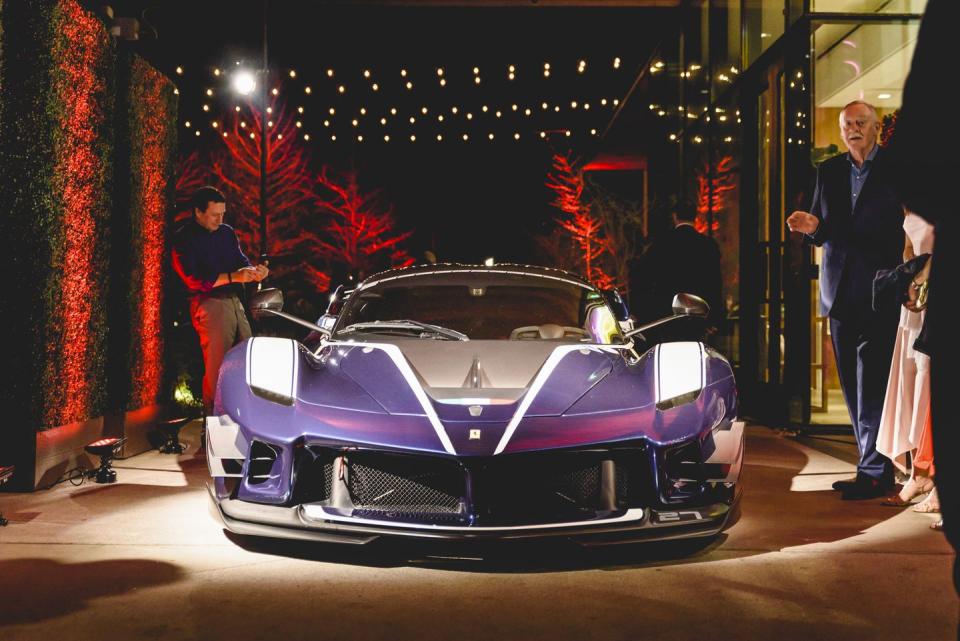
Wempe, the retailer of fine watches in midtown Manhattan, has similarly embraced beyond-the-store opportunities for its most valued clients. “Carefully crafted experiences create an awareness beyond marketing, a knowledge that there is a lot of blood, sweat, and tears behind the making of these watches,” says Ruediger Albers, president of Wempe. “Many of our products are well distributed and available in places around the world, so the items are comparable-but the experiences are not.”
Which is why Albers and Wempe really turn it out for SIHH, the invitation-only showcase of the world’s finest watches held in Geneva each January. For this year’s SIHH, for example, Albers took a couple from the United Kingdom, both Cartier enthusiasts, to Geneva. He put them up at the Beau-Rivage, booked them dinner at the chef’s table at Domaine de Châteauvieux, then the next morning whisked them by helicopter to the Cartier maison in Switzerland to see the entire production process and meet with the head watchmaker and other artisans. Then, as you do, it was off to Chamonix for an afternoon of sightseeing and rubbernecking. When SIHH opened the next day, the couple were allowed to preview the new Cartier releases in a special VIP room reserved for them.
The solicitousness paid off. “It was one of the most remarkable sales I’ve ever had,” Albers says. “They were so enthusiastic about buying because they knew what it took to make these pieces, many of which were limited edition.” It’s rarely discussed by brands, but for all the talk of these experiential offerings being overtures to form a deeper connection to clients, more often than not there is an expectation to buy.
“Listen, when you go to a lavish affair for a week and the brand pays for everything, whether you like it or not there is an unwritten rule that you are going to buy something,” Macklowe says. “If you go a couple of times and don’t buy something, you’re not getting invited back. You’re paying for it somewhere down the line.”
Of course, for corporate titans who crave unforgettable sensory encounters with the material world, money is not really a concern. Jean-Claude Saada-the affable chairman and CEO of Cambridge Holdings, a Dallas-based company that builds medical facilities and even cities that promote wellness-owns eight Ferraris, including two 488 Challenge cars that he has been racing for the past five years as part of the Ferrari Challenge, a race the carmaker organizes in various places around the world for its most devoted clients.
“It’s been a dream of mine since childhood to own and race Ferraris,” Saada says. “And then life happens, and before you know it you grow up and get married and have kids. But once I started racing at the Challenge, it was emotion and adrenaline like I had never felt, and the practice time and track time they give you with the series have no parallel. I said to myself, ‘I have to do this. I have to race. You can’t put a price on experiences like this.’ ”
Maybe so, says Felix Brambilla, CEO of the Overseas Leisure Group, a network of experts who put together uncommon travel and events for high-net-worth individuals and the companies that love them. But while he recognizes that clients are willing to pay top dollar for unique opportunities, he cautions that it’s a mistake for brands to focus on high-ticket experiences.
“When I started 20 years ago, it was really the cost that made experiences exceptional,” Brambilla says. “Things have changed. These days, if you can earn the trust of a client by giving them things that are cool, that are original, but are not that pricey, they are loyal for life.”
Brambilla was hired recently to plan a trip to Rome for one of his clients, a Monaco-based plutocrat obsessed with the Eternal City whose previous adventures, such as a private, torchlit tour of the Vatican, had failed to impress his “been there, done that” friends. So Brambilla sent him not to one of the city’s hottest restaurants but to an octogenarian nonna he had recently discovered who made her own pasta.
“She lives in a fourth-floor walkup and charges 29 euros per person for the best pasta you will probably ever eat,” he says. “This guy has had private dinners for two in the Colosseum, but he brags about this meal to his friends, because there’s no chance they’ve tried it. As I always say, the one thing money can’t buy is what money doesn’t know exists.”
This story appears in the October 2018 issue of Town & Country. Subscribe Now
('You Might Also Like',)

